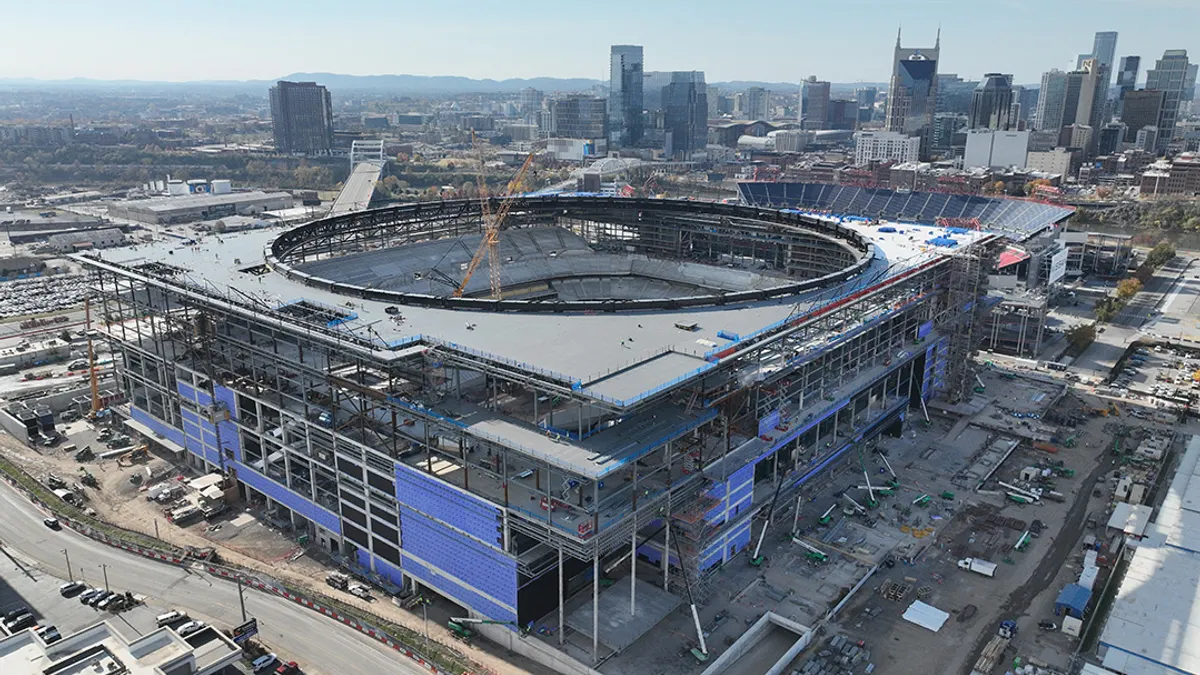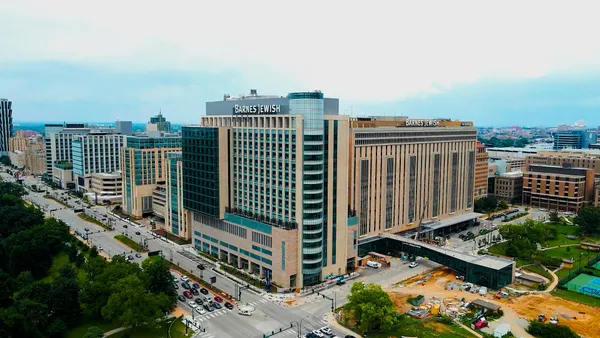When working on a federally funded public works project, most contractors know what they are getting themselves into: Davis-Bacon requirements, prevailing wage rates, and certified payroll reports (CPR). And they know that when things go awry, they have to deal with a contractor's very own version of kryptonite… a US Department of Labor (USDOL) investigation!
Investigations IRL (In Real Life)
Imagine this – Gabbi's Construction, a large general contractor, is working on a bridge replacement project in Washington. Gabbi's Construction oversees hundreds of subcontractors and lower-tier subcontractors.
Gabbi's has contracted Randy's Concrete, a specialty contractor who will handle the concrete work. The project goes along swimmingly until Randy's runs into significant schedule setbacks. Randy's owner takes matters into his own hands and discreetly hires undocumented workers to avoid paying overtime; all he has to do is 'tweak' the CPRs.
Work picks up speed and the Superintendent for Gabbi's Construction, unaware of Randy's actions, is ecstatic. But this excitement is short-lived when a potential violation notice shows up at their office. One of the members from Randy's crew lodged a complaint, setting in motion a USDOL investigation.
Susan, the Compliance Officer for Gabbi's, gathers most of the documentation outlined in the checklist provided, with the exception of some daily logs (despite her best efforts, she could not locate all of them). The investigation is completed, and findings are issued. But the outcome is far from good. Gabbi's Construction is notified that two of their subcontractors committed prevailing wage compliance violations. One lower-tier subcontractor that completely flew under the radar was not submitting CPRs for their employees. And Randy's was hit with an infraction of failure to pay overtime.
Now Gabbi's funds are being withheld until restitution is made and corrected CPRs are submitted. Susan now wonders: How could this have happened?
The Catalyst. The Scope. The Consequences.
There are different catalysts that trigger investigations; the most common are complaints from employees (like what we saw in the case above) or 'red flags' on compliance documentation. Also, investigations can be limited in scope, surrounding just a particular complaint, or it could span your entire project where every subcontractor is placed under a microscope.
When an investigation comes back with a negative outcome, contractors are faced with potential fines, withholding of funds, and in worst case scenarios, prosecution and even debarment. While you cannot guarantee that an investigation will never happen, there are measures that you can take to reduce your chances of getting investigated and/or lessen the risk of an unfavorable outcome.
We saw how events transpired in the case of Gabbi's, and it went downhill rather quickly. Now let us explore another case involving a contractor who was able to avoid this situation by taking some pre-emptive measures.
Perform Regular Self-Audits
Let us introduce you to Clear Construction, who is working on a highway project that is similar in scope and size to Gabbi's project. Clear Construction, however, has labor compliance protocols in place to ensure readiness in case of an investigation. For starters, the compliance team, headed by Janet, performs self-audits on a quarterly basis. How does she approach these audits? Well, she thinks like an investigator. Typically, investigators review compliance documentation, such as copies of subcontracts, CPRs, supporting payroll documentation, and especially daily reports (more on this in an upcoming section).
Another practice Janet includes in her quarterly audit is creating a checklist of all vendors and subcontractors. By reviewing this list, Janet can quickly detect any missing CPRs from any subcontractor, lower-tier subcontractor, or even vendors, if applicable, before the USDOL gets involved.
Conduct Field Wage Interviews
Be proactive and think like an investigator, right? What else do investigators do in the course of an investigation? They conduct employee field wage interviews, which is exactly the other practice Clear has in place in order to mitigate the issues Gabbi's is currently facing. Interviews are critical to rounding out a labor compliance program. The reason being is that there are some violations that are only detected by talking directly to employees. For example, have you heard of 'ghosts'? In the context of a prevailing wage project, these are workers who perform work, but do not show up on any CPR.
During the interview process, ask questions, like: What is your pay rate? What is your classification? What type of work do you perform? The objective of these interviews is to corroborate the information submitted on CPRs (or uncover issues not reported on CPRs), so it is imperative to include questions that will verify the data on compliance documentation. Had Gabbi's Construction routinely conducted field wage interviews, they would have detected the 'ghosts' working on their project before the USDOL stepped in.
Establish an Official Process for Daily Logs
And lastly, how is Clear Construction staying in the clear (pun intended) when it comes to investigations? They leverage one of the most helpful tools in their arsenal: electronic daily logs. Janet, the Head of Compliance at Clear, has brilliantly instituted a system where daily logs follow a uniform submission and management process where they are electronically collected in a standardized format, cross-checked against CPRs, then properly archived. The system is instrumental to their labor compliance program. How do daily logs play a part in labor compliance? Well, if the CPR states 40 hours of work in a workweek, but the daily logs show a total of 48 hours, this indicates a deficit of 8 hours and a failure to pay overtime. Red flag! This signals Janet to follow up and investigate further.
Had Gabbi's adopted a similar system, they would have probably detected Randy's unscrupulous maneuver before it became a catalyst for an investigation. While Randy may have thought himself brilliant by 'tweaking' the CPRs, he failed to account for the hours recorded on daily logs. So had Susan, the Compliance Officer at Gabbi's Construction, cross-checked CPRs with dailies, she could have easily caught the discrepancy, addressed the matter with Randy, and maybe even avoid the investigation altogether.
Tools to Battle Kryptonite
Gabbi's versus Clear. It is a no-brainer which contractor has the winning compliance strategy. Rather than take an 'I'll-deal-with-it-when-it-happens' kind of approach, Clear Construction has the edge by having an airtight labor compliance program. They conduct self-audits regularly, perform their own employee interviews, and leverage daily logs as a compliance tool – a trifecta that significantly reduces the chances of a negative investigation outcome.
There are tools readily available on the market that can be utilized by contractors for this very purpose. LCPtracker provides labor compliance solutions that electronically collect and manage certified payroll reports from all subcontractors, plus it offers add-on modules for daily logs and field wage interviews. The best part: the systems are integrated, which means all the data is synced and cross-checked with one another, making it easier for you to identify violations before investigators come knocking at your door.
While investigations are never fun, there are ways to deal with them and potentially even pre-empt them; you just need to have the right compliance protocols and the proper tools to keep you one step ahead. For more information about LCPtracker and its construction site compliance modules, please visit www.lcptracker.com.









